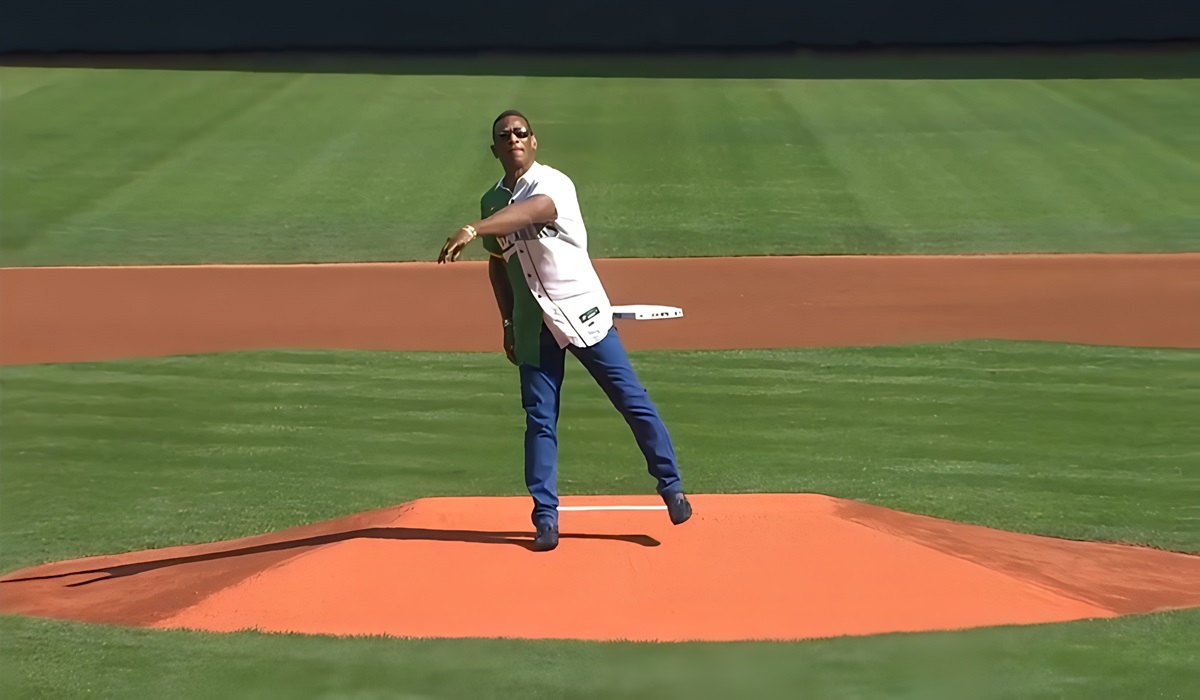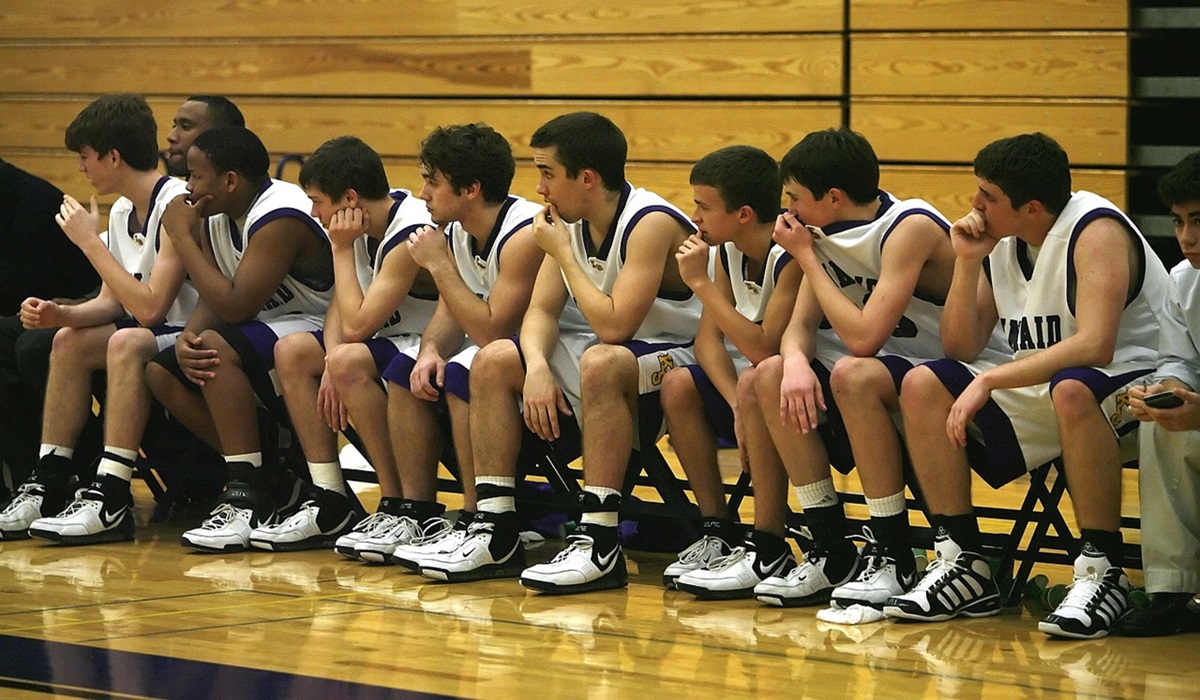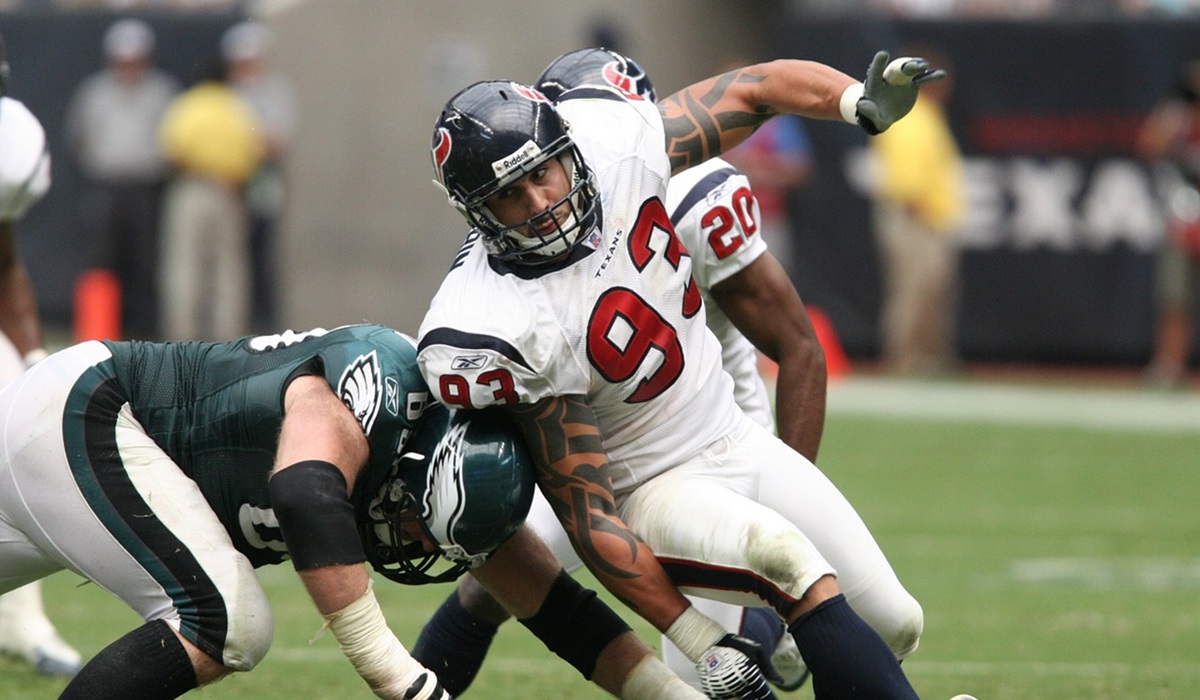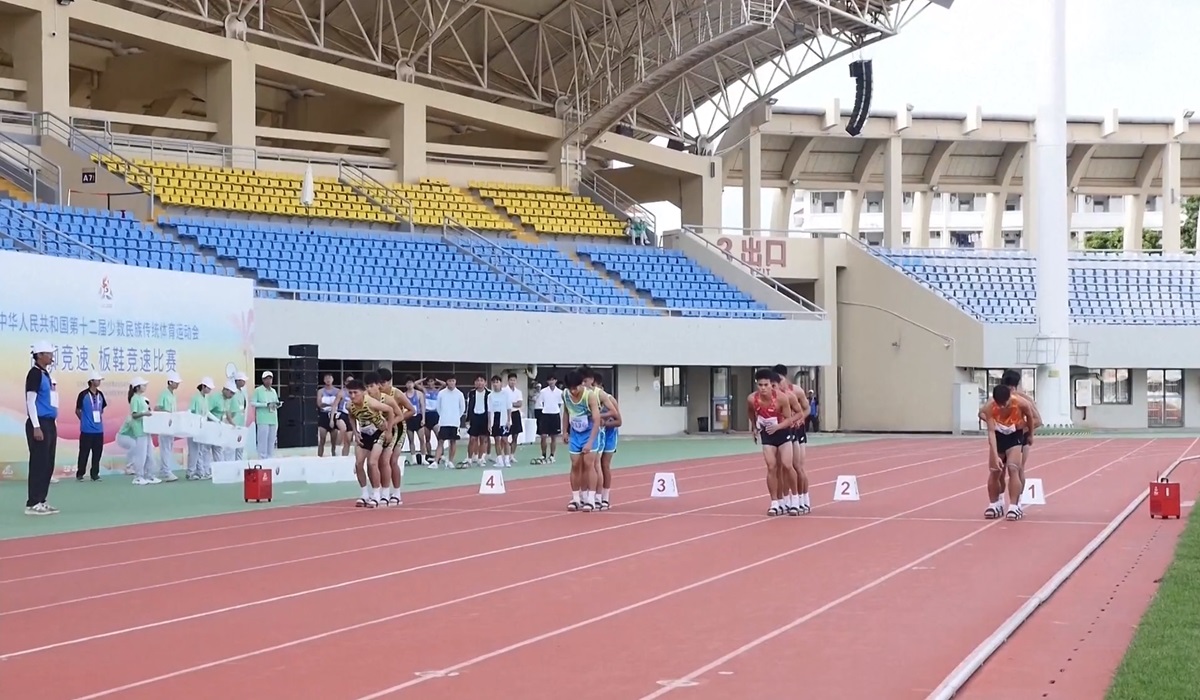Inclusivity vs. Competitiveness: Striking a Balance in Youth Athletics
- Kingston Bailey
- Sports
- November 10, 2023
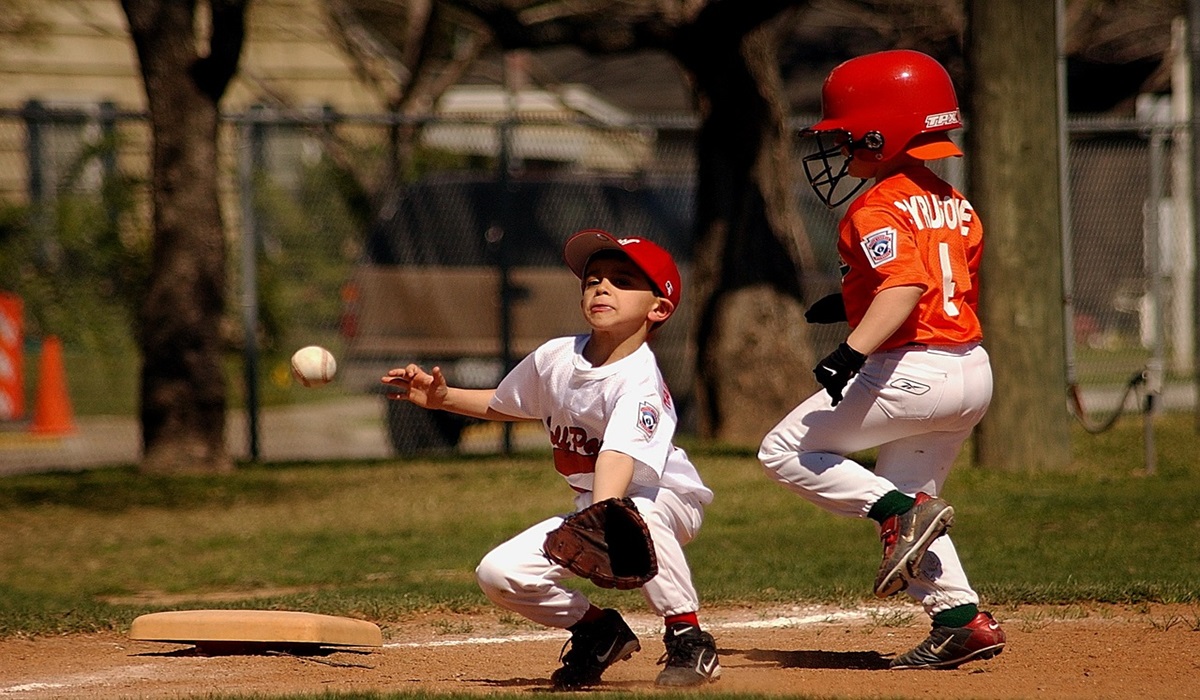
Decades ago, the landscape of youth sports was shaped by the Darwinian principles of “survival of the fittest.” Only the most skilled and capable athletes made the teams, fostering a competitive environment where triumphs were earned, and recognition was reserved for the best. However, a continuous shift has occurred towards a more inclusive approach, where the emphasis is placed on fair play, and every participant receives recognition, regardless of their performance. This shift has sparked a dilemma in youth sports, particularly in high school, as the debate between competitive competition versus recreation, or coddling and watering down athletics, intensifies.
In the contemporary youth sports landscape, there is a noticeable departure from the cutthroat competitiveness of the past. The prevalent trend is towards fostering an environment of inclusion, where every participant is acknowledged with a ribbon or a medal, irrespective of their finishing position. This approach aims to promote fairness and discourage the exclusion of children lacking the physical abilities and skills to compete at a high level.
Parents find themselves amid this dilemma, torn between conflicting views on whether youth sports should prioritize competitive play or emphasize fairness. Some advocate for a greater focus on fair play competitions, expressing dissatisfaction when their children’s teams face formidable opponents, resulting in lopsided victories. They champion an atmosphere where sportsmanship takes precedence over an unrelenting pursuit of victory at any expense.
On the other hand, coaches often view the situation differently, seeing their role as preparing young athletes to excel. They argue that celebrating victories, regardless of the margin, is essential for motivating and acknowledging players’ and parents’ hard work and commitment. Turning off scoreboards during one-sided victories has become a controversial practice, as it may undermine the achievements of the winning team.
The current trend in youth sports has raised concerns about the development of mentally tough individuals. Shielding children from the realities of winning and losing may hinder their ability to cope with real-world challenges. Life is filled with ups and downs, and learning to navigate success and failure is crucial to personal growth. If we fail to instill these lessons at a young age, we risk doing a disservice to future generations.
While there is a growing consensus that inclusivity is essential in youth sports, there is also a need for balance. In competitive divisions, there should be no requirement to coddle participants. Whether a team wins by a single point or loses by a significant margin, valuable lessons can be learned on both sides. Rewarding athletes solely for showing up sends the wrong message and may contribute to a generation of individuals unprepared for the challenges of the real world.
In navigating youth sports’ dilemma, striking a balance between competition, fair play, and real-life preparation is essential. While inclusivity is crucial, it should not come at the expense of diluting the competitive spirit that has long been a hallmark of sports. Parents, coaches, and organizers must collaborate to create an environment that fosters personal development and the competitive edge necessary for success in life beyond the athletic arena.

